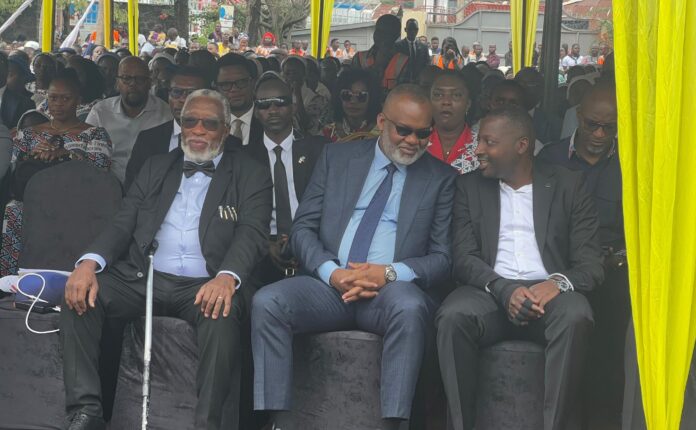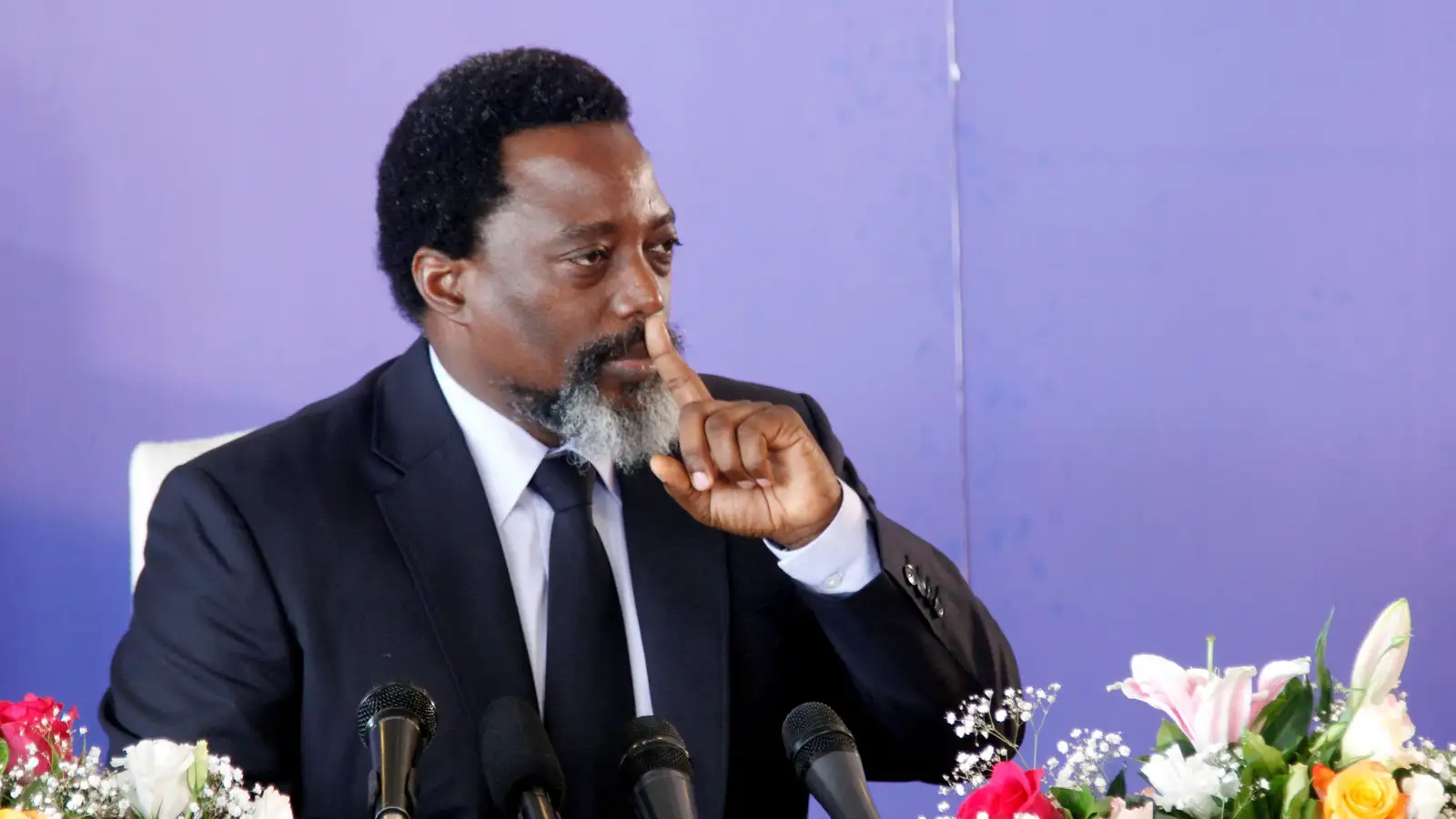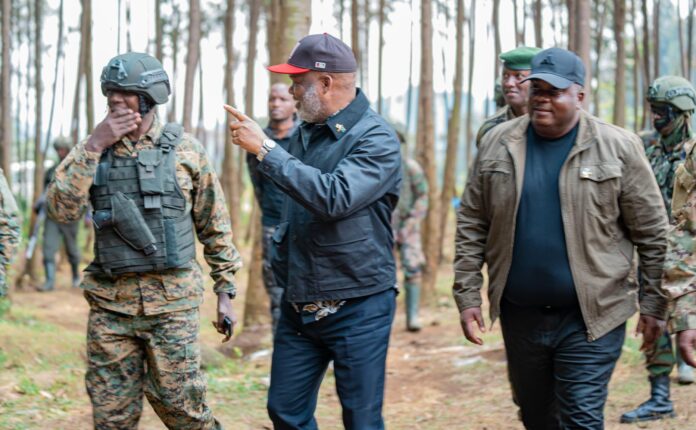The current situation around Bukavu is marked by growing concern, fueled by the proximity of AFC/M23 . This anxiety is further heightened by the spread of misinformation on social media, often exaggerating the scale of clashes in Kalehe and sharing images and videos from Goma.
Note: Company, Blog, Church websites are free.
However, Goma, the capital of North Kivu, located on the other side of Lake Kivu, remains a key reference point for understanding the dynamics of this conflict.
Amid this climate of uncertainty, many Bukavu residents are preparing for a potential mass exodus. A striking indicator of this collective anxiety is the surge in applications at the General Directorate of Migration (DGM), where men, women, and children are rushing to obtain the Economic Community of the Great Lakes Countries (CEPGL) travel pass. This document facilitates movement between the Democratic Republic of Congo (DRC), Rwanda, and Burundi, underscoring the urgency felt by many fearing an expansion of hostilities.
This migration wave reflects a dual reality. On one hand, it highlights the desire of some residents to escape a high-risk zone; on the other, it underscores the authorities’ struggle to control panic, which is largely driven by unverified and often misleading information.
In an era where social media plays a pivotal role in shaping perceptions of threats, the lack of fact checking poses a significant challenge.
At the same time, the situation exposes the fragility of crisis and migration management systems. Administrative infrastructures, already under pressure, now face an overwhelming demand in a short period. This raises concerns about the authorities’ ability to anticipate and handle crises without triggering further chaos.
The evolution of events in Bukavu in the coming days will largely depend on how military, political, and civilian actors respond to this growing crisis.
Transparent communication and responsible crisis management will be essential in preventing further panic and uncontrolled mass displacement.



